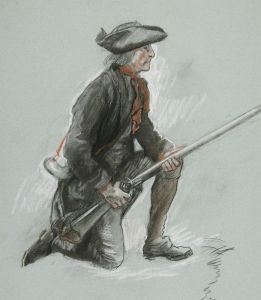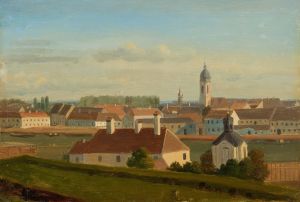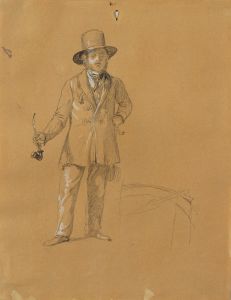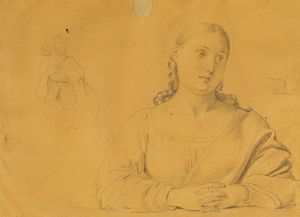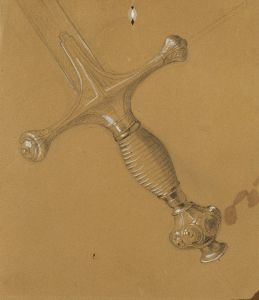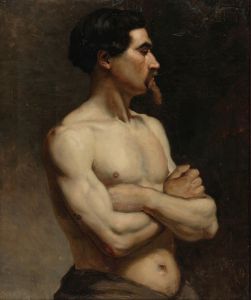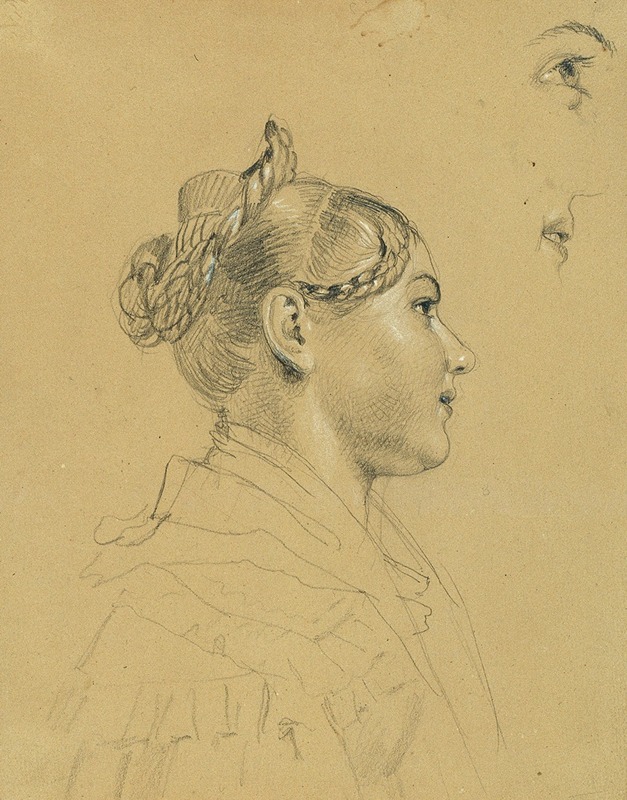
Mädchenstudie zu ‘Rückkehr des Kaisers Franz aus Pressburg’
A hand-painted replica of Johann Peter Krafft’s masterpiece Mädchenstudie zu ‘Rückkehr des Kaisers Franz aus Pressburg’, meticulously crafted by professional artists to capture the true essence of the original. Each piece is created with museum-quality canvas and rare mineral pigments, carefully painted by experienced artists with delicate brushstrokes and rich, layered colors to perfectly recreate the texture of the original artwork. Unlike machine-printed reproductions, this hand-painted version brings the painting to life, infused with the artist’s emotions and skill in every stroke. Whether for personal collection or home decoration, it instantly elevates the artistic atmosphere of any space.
Johann Peter Krafft was an Austrian painter known for his historical and genre scenes. One of his notable works is the "Mädchenstudie zu ‘Rückkehr des Kaisers Franz aus Pressburg’," which translates to "Study of a Girl for 'The Return of Emperor Franz from Pressburg'." This painting is a preparatory study for a larger historical composition.
Krafft was born on September 15, 1780, in Hanau, Germany, and later moved to Vienna, where he became a prominent figure in the Austrian art scene. He studied at the Academy of Fine Arts in Vienna and was influenced by the Neoclassical style, which is evident in his meticulous attention to detail and the classical composition of his works.
The larger painting, "The Return of Emperor Franz from Pressburg," commemorates a significant historical event. Pressburg, known today as Bratislava, was the site where Emperor Franz I of Austria signed the Peace of Pressburg in 1805, following the Battle of Austerlitz. This treaty marked the end of the War of the Third Coalition against Napoleon. The return of Emperor Franz to Vienna was a moment of great national significance, symbolizing resilience and the continuation of the Habsburg monarchy despite the defeat.
In the preparatory study "Mädchenstudie zu ‘Rückkehr des Kaisers Franz aus Pressburg’," Krafft focuses on the figure of a young girl, likely one of the many figures that would populate the final composition. This study showcases Krafft's skill in capturing human emotion and character. The girl is depicted with a serene and contemplative expression, her attire reflecting the fashion of the early 19th century. The delicate rendering of her features and the careful attention to the texture of her clothing highlight Krafft's technical proficiency and his ability to convey a sense of realism.
Krafft's studies were an essential part of his artistic process, allowing him to experiment with composition, lighting, and the portrayal of individual characters before committing to the final work. These studies provide valuable insight into his working methods and the development of his larger historical paintings.
Johann Peter Krafft's contributions to Austrian art were significant, and his works are held in high regard for their historical accuracy and artistic quality. He passed away on October 28, 1856, in Vienna, leaving behind a legacy of paintings that continue to be studied and admired for their depiction of important historical events and their detailed, lifelike portrayal of human figures.
The "Mädchenstudie zu ‘Rückkehr des Kaisers Franz aus Pressburg’" remains an important piece within Krafft's oeuvre, illustrating his dedication to preparatory work and his ability to capture the subtleties of human expression. This study, along with his other works, provides a window into the artistic and historical context of early 19th-century Austria.





